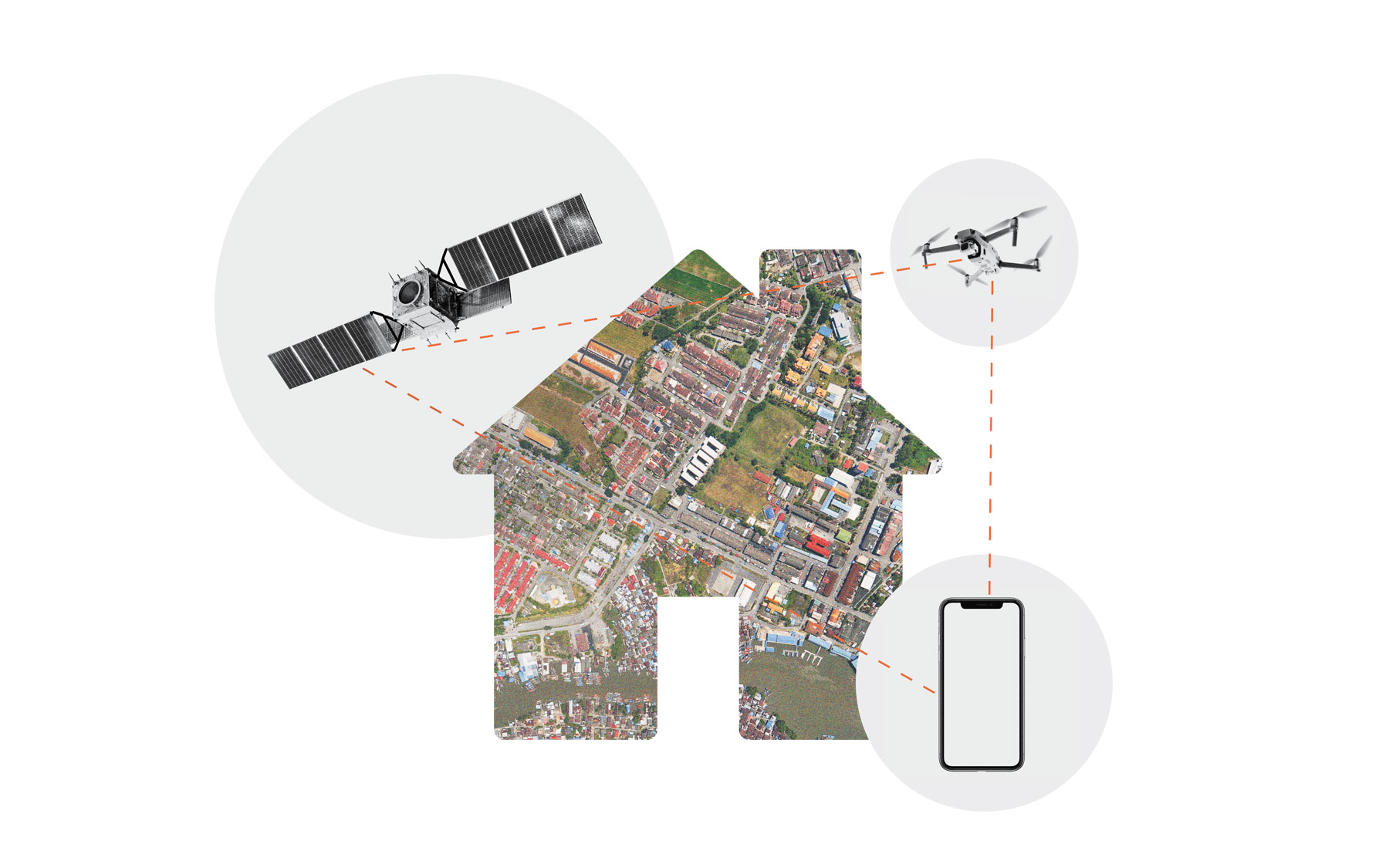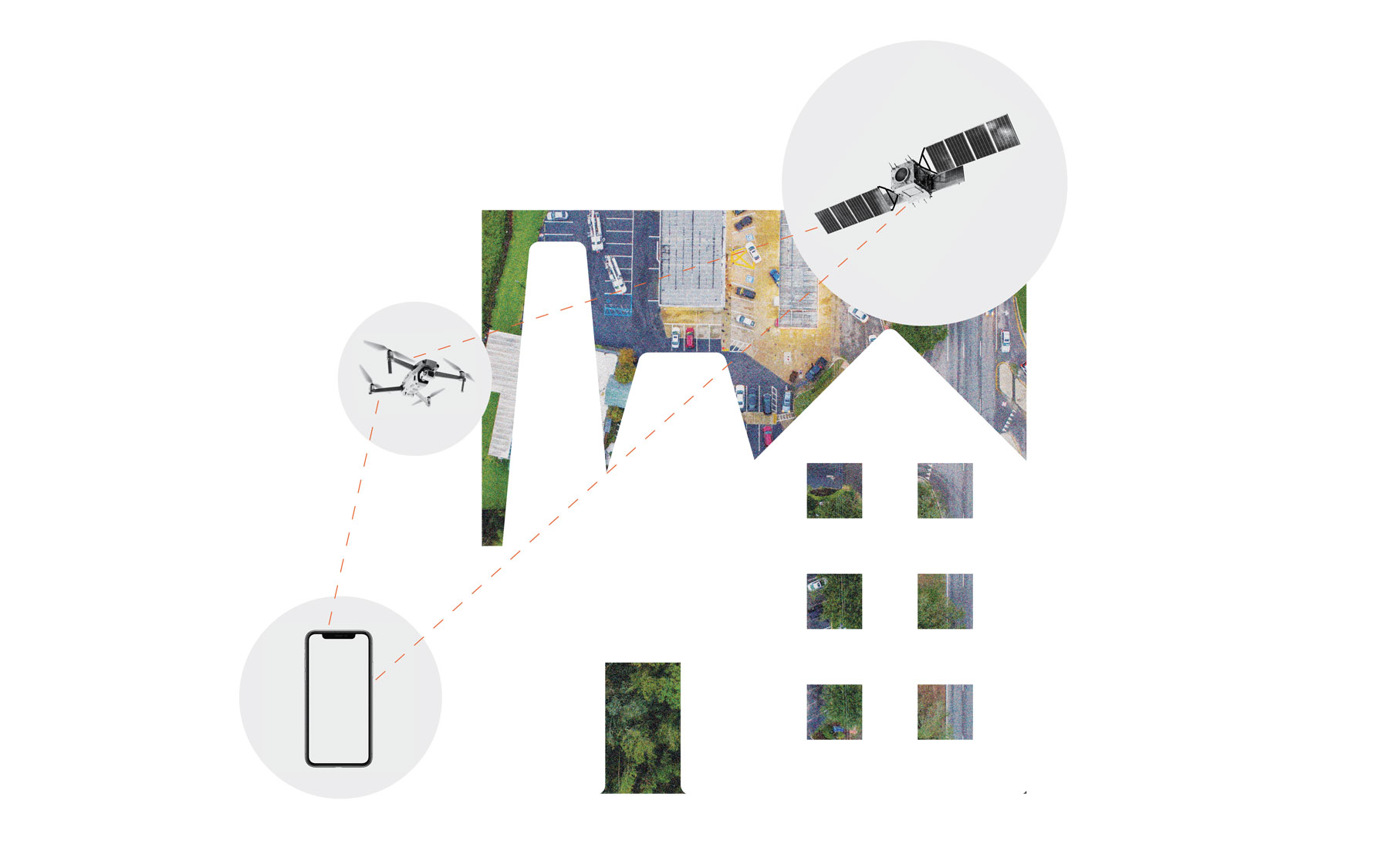CONTRIBUTORS
DAVID AMORI
vice president, engineering, EFI Global
JEREMY MELE
president, EFI Global
PAUL SCHREMBECK
senior vice president, innovation and new product development, Sedgwick
We’ll admit it’s true: The insurance industry, historically, has not been known for its rapid adoption of technology. But we’re seeing real change begin within some sectors — and on the property side, in particular — as over the past decade the industry has begun to embrace and actualize new and advancing technologies. With that, of course, has come the ups and downs of lessons learned: some real high points, and some missed expectations.
As we take a holistic look at the latest technology aiding in property claims, we’re eager to see where the evolution is headed; identifying the technologies that can provide tangible, meaningful benefits will start with exploring what’s worked, what hasn’t, and what is necessary to ensure optimal claim processing, adjudication, settlement and customer satisfaction.
Where it all began
When the property claims marketplace began to adopt drones around 2010, the “cool new toy” quickly proved its value. Today drones are routine in many property settings, having advanced beyond traditional visual imaging to include thermography (a non-invasive imaging system used to show hidden damage) and accurate physical measurements of damaged property.
Technological advances in drones continue to make them well-suited for certain applications; still, there are limitations. For example, using an adjuster for wind damage to a home’s roof may be the most economical approach to ensure an accurate analysis of what is typically a simple claim. However, when a claim requires more detailed analysis from an engineer, drones can provide important data and insights, especially related to structural and hidden damage.
After drones, satellites have become the next focus for property claims. While they’re great for looking at large-scale damages over a wide area or extensive commercial properties, they can’t provide granular detail, and poor clarity and image focus make it difficult to ensure accurate interpretation of the cause of damage. And availability is limited — satellites may only fly over an area a few times a year and pinpointing a specific location is costly.
In recent years, the industry has adopted more emerging solutions, like track-mounted robots with wheels. About the size of a laptop, they can go into dangerous site conditions and be remote controlled to access areas like crawl spaces and floors damaged by fire. The robots are efficient, time-saving and ensure the safety of investigators who can avoid going into potentially unsafe buildings.
Another innovative solution, 3D imaging of loss locations has revolutionized how experts can graphically illustrate origin and cause of damage for a property claim. The technology not only helps with claims settlement, but also has proven remarkably effective in litigation settings; one camera takes millions of pictures and splices them together so that an adjuster, attorney or even jury can virtually walk through a property. Going one step further, it’s possible to use lasers to collect the photographs, along with space schematics and dimensions, to provide clear pre- and post-damage images.
This amount of data — even down to measuring the deflection of columns and beams in a damaged building — would take weeks to analyze through traditional methods. Imagine a jury that gets to virtually tour a building damaged by fire and can see 3D renderings of events that led to the loss; such visualizations can provide an important boost to the victorious side of a litigated claim.

The rise of BOTS
Another promising advancement in property claims is the growing use of “bots” (robots that deploy an automated program which runs over the internet) to help triage claims, identify customer demographic information, policy data and deductibles, and even ensure a claim gets to the right customer service option or representative.
On the claims processing side, we can tell bots what to look for, such as the correct form for a specific claim. Bots are especially beneficial for high-frequency claims (e.g., roof damage) that have elements that can be standardized. We can even tell bots what to look for using photo recognition technology and, through that capability, enable remote adjusters to analyze and estimate damages.
In short, we can teach bots to learn so we can take on more complex elements of a claim. The value of this approach is that it drives automation, reduces cycle time and ultimately improves customer satisfaction.
Taking a page from auto tech
When it comes to implementing technology, the property sector would be wise to learn from its auto counterparts; as we work toward broader adoption of technology in our arena, it’s safe to say our partners in the auto industry are years ahead of us.
The most effective application of tech in auto claims is using smartphones to capture an image of the damage. That photo is sent to the adjuster and an estimate is produced in short order — often while the customer is on the phone. In auto claims, costs and damages are standardized: The cost of a bumper for a 2010 Corolla is the same in Akron or Albuquerque. The industry can rinse, wash and repeat its process for many claims.
Some believe that kind of rapid response isn’t feasible with a property claim, which can be much harder to standardize; there are multiple variables to consider beyond just the damage, including the cost of the property, siding, paint, carpeting, etc. However, that doesn’t mean we can’t take a page from the auto claims playbook. Our goal in using automated tools should be to find those elements that are somewhat consistent across claims to make the process easier and faster for consumers.
One solution to help us do that is expanding our use of algorithms, artificial intelligence (AI) and machine learning (ML) platforms that can help aggregate data to identify which loss occurrences can be standardized.
For example, for a first notice of loss with an auto claim, the consumer is asked to respond to questions developed using analytics that identify the most common information needed following an accident. Once completed, the platform can identify where that claim needs to go — to a claim adjuster, or to a field adjuster if the accident is more complex — and simple claims can be settled while the consumer is on the phone.
Those involved in property claims management can also use AI and ML algorithms to standardize key claim elements. Adjusters can send a secure link to the customer, who in turn takes a video of the damage. If the loss is non-complex, it can go to the desk adjuster. If more involved, a field adjuster can provide an estimate and, in some instances, issue payment to the customer immediately. It’s a streamlined, efficient and accurate way to manage the process.

New technologies on the horizon
One area industry insiders recommend watching is the emerging behavioral-based approach to managing claims. Using analytics, we can look at the type of questions posed by customers; then, as we learn areas of interest, we can integrate those features into the claims process workflow, enabling organizations to better align resources while securing improved results.
The integration of findings into the claims process can be challenging, depending on the level and kind of technology an organization has adopted. Currently, many systems in our industry are disparate and often housed in silos. The goal should be to create a single system for agents, underwriting, claims and restoration. If our industry could get customers on a single path — integrated into a single workflow — we would see tremendous benefits. The good news is, we’re getting better at responding to the ever-changing environment and figuring out where new information and insights belong in the claims management process.
Texting has become increasingly common among a wide range of consumers; we use it as a way to connect with customers for scheduling, communicating claims status and more — a handful of innovators in our industry are integrating texting into all claims systems. Chatbots can help identify which customers will respond best to text, and those who prefer more traditional outreach.
Our industry can also apply lessons from sites like Facebook and Instagram, which use technology to track patterns on social media. We too can look at where people are shopping, if they are searching for replacement items for the home, if there’s been a recent natural disaster in a given area, etc. Once a customer opts in, we can use those insights to identify who is impacted, who doesn’t have a policy and who needs proactive outreach.

Technology will continue to reshape property claims
Consider that adjusters used to travel with ladders; now the must-have tool is a smartphone or tablet powered by apps. Safe to say, as baby boomers pass the torch, the insurance industry is entering a new era.
The recent pandemic has also impacted our industry’s use of apps and automated tools. We know now that a wide range of technology is beneficial, adaptable and can help to inform, connect and engage while making us more efficient. As an industry, our task now becomes identifying those tools that offer the most value, quickly integrating them into our workflow and ensuring we know how to use each one wisely to ensure optimal outcomes.
The people behind the tools
Clearly there are many promising technologies used in property claims today, and more on the way. Even with a steady influx of technological advancements, though, the most influential component in property claims remains the same: the people behind the tools.
A satellite, for all its benefits, can’t dig deeper. A drone can show surface damage, but it can’t lift up the shingles and examine what’s underneath. There’s simply no replacement for the people who interpret the data, who make the phone call — who show up on site in the wake of a disaster, ready to do the work and, most importantly, offer support, comfort and hope.
